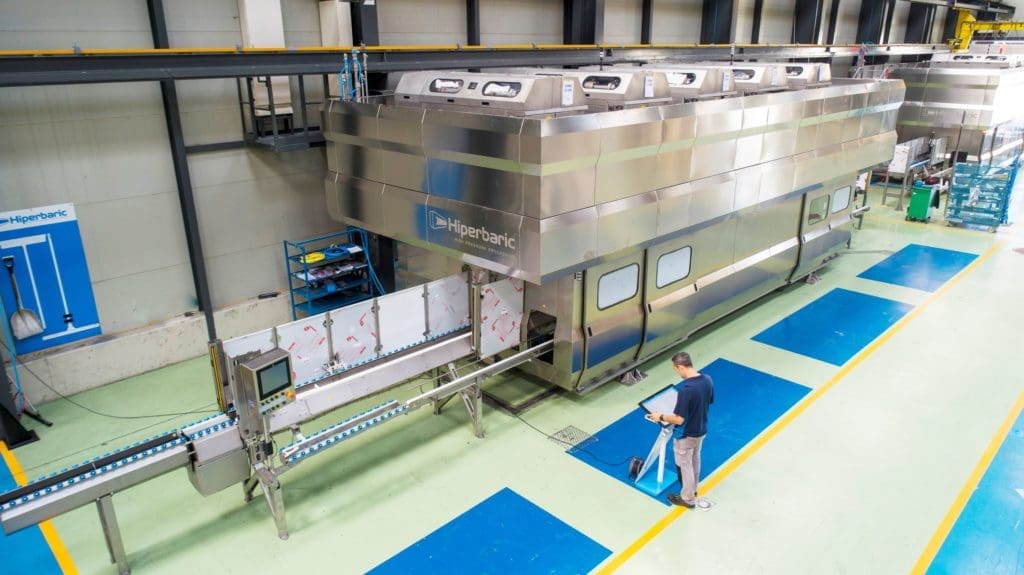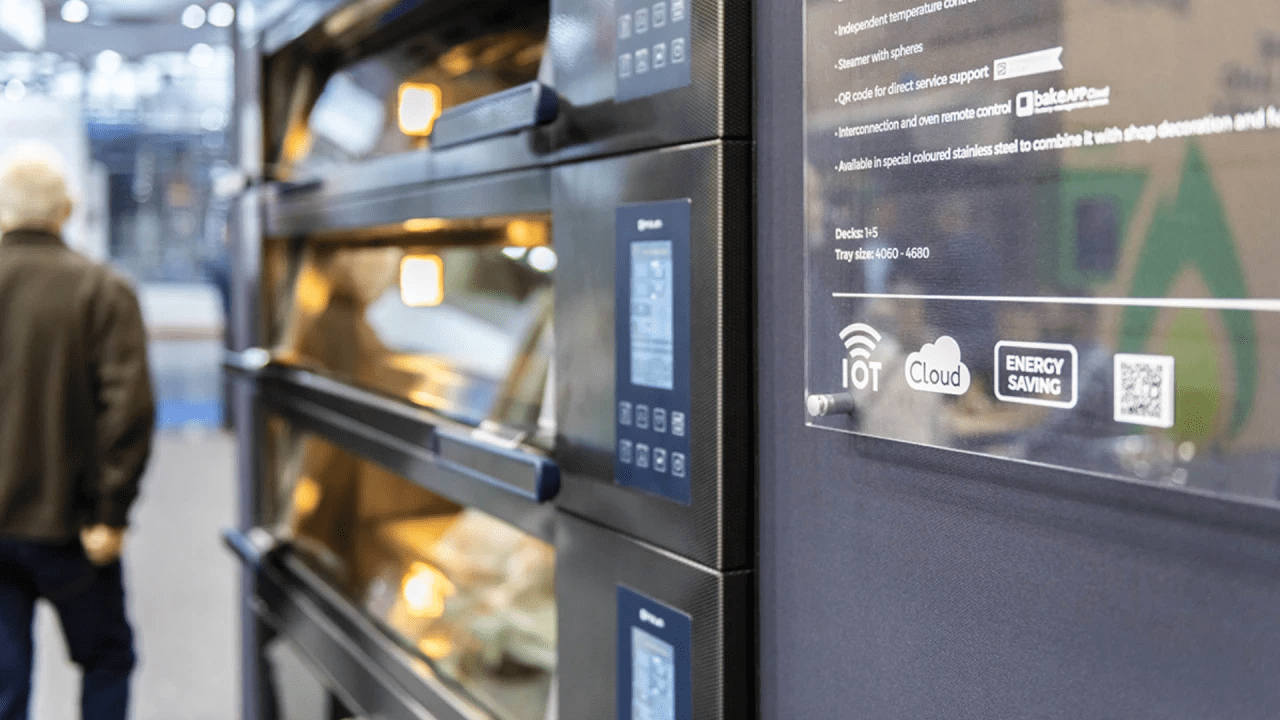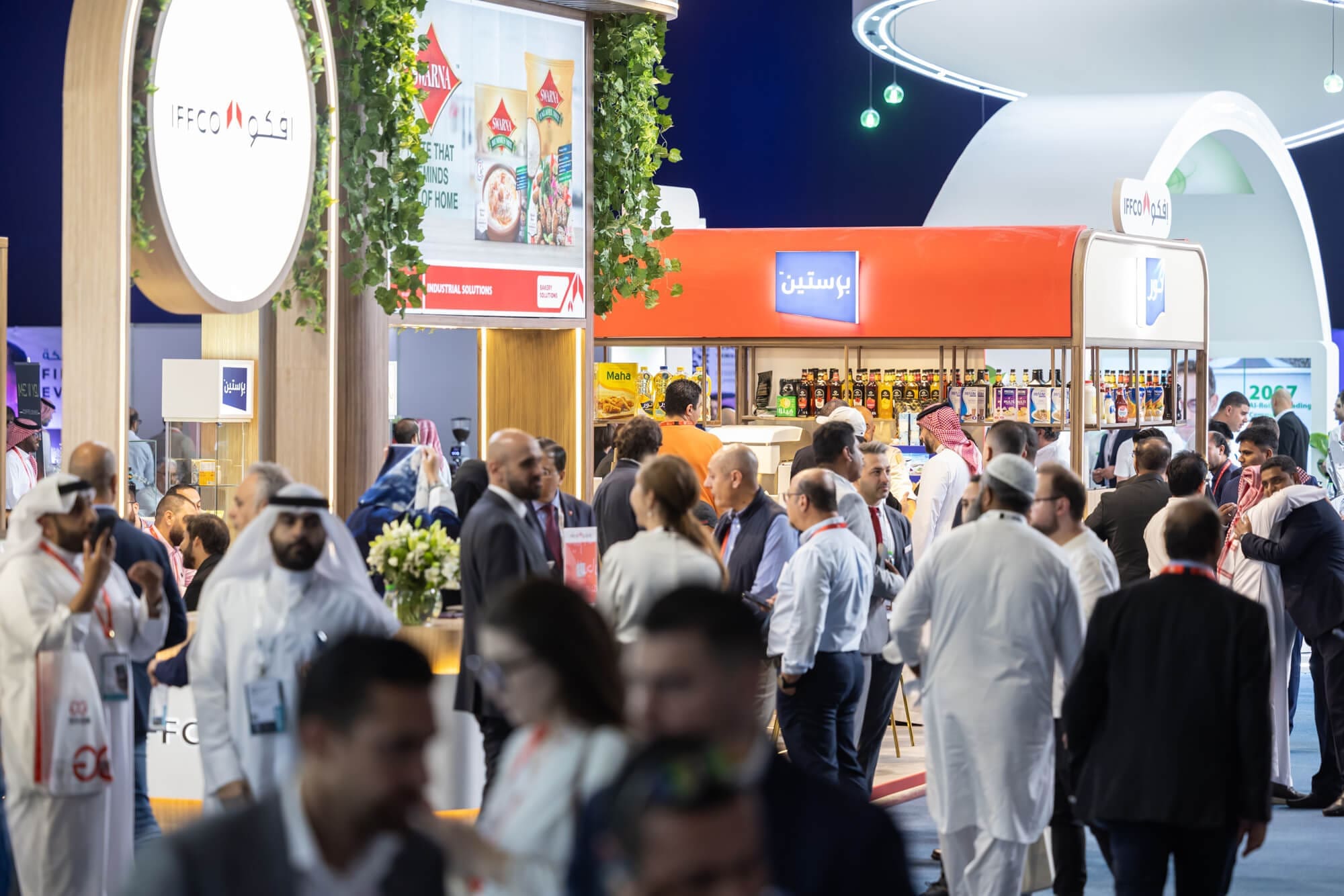Hiperbaric, the world leader in high pressure processing (HPP) equipment for the food and beverage industry, has announced the sale of its 50th Hiperbaric 525 HPP unit, marking the 50th unit sold in less than 10 years and an annual growth rate of 20%. High pressure processing is a non-thermal food processing method in which food and beverages, in their final packaging, undergo cold water and high pressure to inactivate foodborne bacteria.
The process maintains freshness and nutrients without the need for preservatives. HPP extends shelf life, allowing companies to expand product distribution and reduce food waste.
“We are excited to announce the sale of our 50th Hiperbaric 525 HPP unit,” said Andrés Hernando, CEO of Hiperbaric. “With increased consumer demand for fresh-tasting, preservativefree foods, HPP sales will continue to grow as the leading nonthermal food safety method for refrigerated foods.”

The Hiperabaric 525 is the largest and most productive HPP system in the world with a 525-liter (150-gallon) capacity and 380 mm (15- inch) diameter. Its throughput is more than 7,000 pounds per hour, making it ideal for large manufacturers and thirdparty service providers, also known as tollers.
HPP applications include meat products, juices and beverages, baby food, guacamole and avocado products, plant-based products, pet food, ready-toeat meals, dairy and seafood products.
The Hiperbaric 525 comes with Hiperbaric’s 24/7 service and support program to keep businesses running smoothly. This includes diagnostic services, installation and commissioning, on-site repairs, spare parts and remote monitoring.
Launched in 2013, the first Hiperbaric 525 machine was installed at Good Foods of Pleasant Prairie, Wisc., a company that started its food production with HPP. Recent equipment improvements include a 14% productivity increase for a 6,000 bar – 87,000 psi, three-minute cycle, by reducing total cycle time. Additionally, automation has improved speed and efficiency and reduced workplace injuries.
Currently, the machines are being used for tolling (36%); beverages (30%), meat (14%); fruit & vegetable products and dips (14%); and seafood (6%). Hiperbaric expects a more than 20% AGR (annual growth rate) in 2022 overall HPP equipment sales, thanks to customer demand.
The 50th unit has been acquired by Suzanna’s Kitchen of Duluth, Ga. Suzanna’s uses the Hiperbaric 525 to produce ready-to-eat meats, plant-based foods and other meal-kit components. The company owns now three Hiperbaric 525 units located in their state-of-theart facilities.
Suzanna’s processes 56,000 pounds of food per day with a two-shift operation. Prior to HPP, the company used antimicrobials to kill foodborne pathogens.
Fountain said HPP has allowed his company to produce fully cooked food-safe products for the marketplace.
As the global leader in High Pressure Processing with more than 350 HPP units installed all around the world, the Spanish company is working on multiple benefits this technology can provide to the food and beverage ndustry. Amongst the many companies that rely on HPP technology to process their product we can find wellknown brand such as BRF, Calavo, Maple Leaf, The Soup Spoon, Evolution but we can also find HPP technology in disruptive local producers.
The fact is the HPP technology can be found in a wide range of companies and especially Hiperbaric’s HPP technology.
About Hiperbaric
Hiperbaric is the world’s leading supplier of high pressure processing (HPP) equipment for the food industry.
Since its inception in 1999, Hiperbaric has designed, developed, produced and marketed its high pressure processing equipment internationally. The company is recognized for its reliability, customer support, teamwork and continuous effort in R&D.
Hundreds of companies worldwide use Hiperbaric equipment for the processing of juices and beverages, meat, fish and shellfish, fruits and vegetables, dairy and prepared dishes. A highly versatile technology, HPP can be applied to a wide range of foods.
With world headquarters in Spain, the company also has an office in Miami to serve its North American market.





